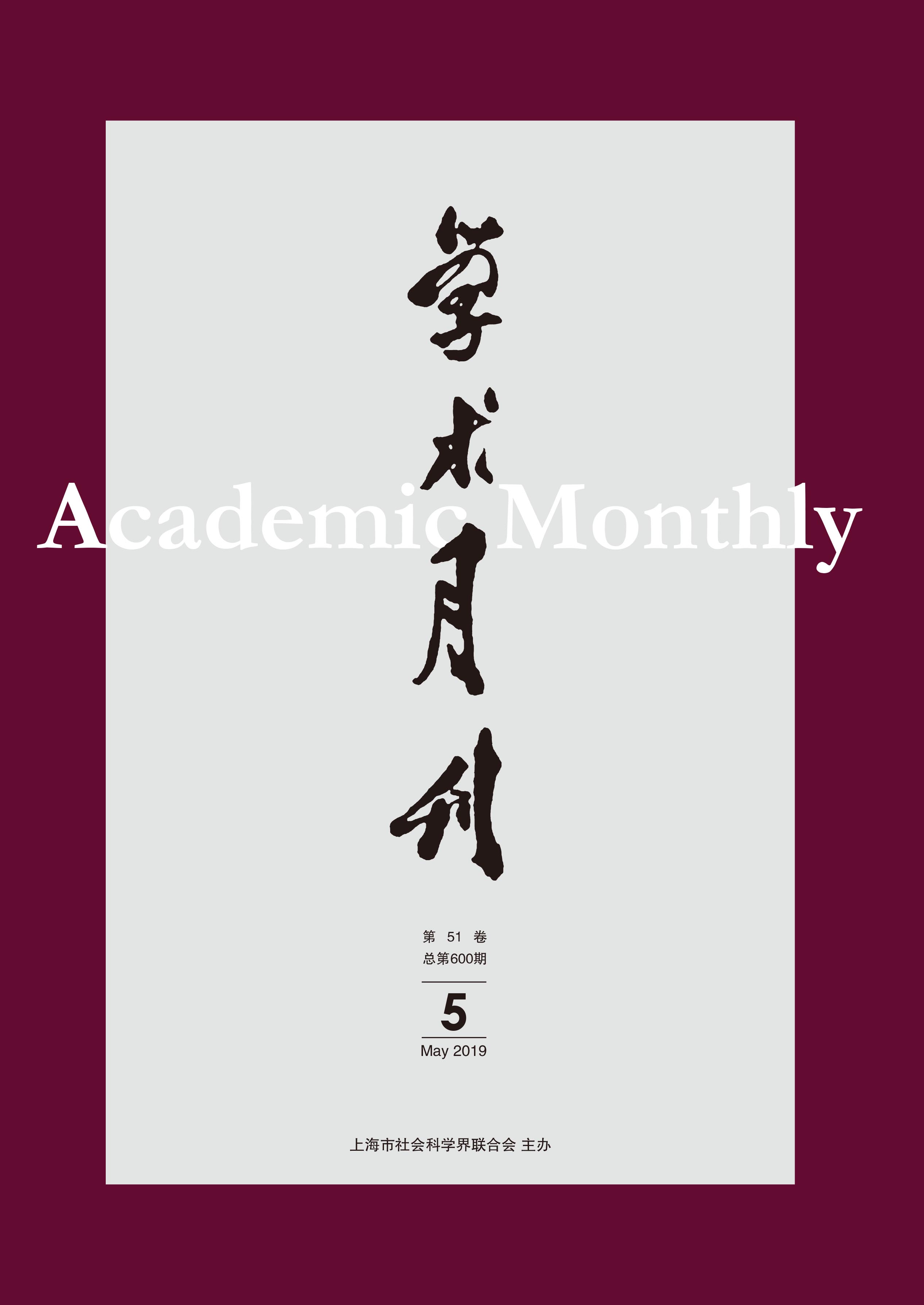A Historical Investigation on the Spread of the Name and Concept of the Silk Road
- Available Online: 2019-05-01
Abstract: The idea of Silk Road was introduced into Chinese literature in the late 19th and early 20th century. From the 1920s on, Chinese translations adopted names like " the ancient road of silk business”, " the route access of silk trade”, and " the road of silk transportation”, etc.. Starting from the 1930s, the names and concept of Silk Road were disseminated and gradually accepted in China due to several reasons: the stimulation of Marc Stein and Sven Hedin’s explorations in the northwestern frontier, the development of the studies on Sino-Western communications, the enthusiastic support to " develop the northwestern areas”, the intellectuals’ translations, and the introductions from newspapers and the public media. But initially, the names varied. It took a long time to limit the expressions to " silk road” and " silk way”. Some scholars employed the foreign originated names and made them a conceptual tool in academic narratives. After the 1940s, the expressions won popularity in the academia and the public media. The most representative two, " silk road” and " silk way”, were even introduced into middle school textbooks. They became official expressions and received public recognition. Furthermore, many works envisioned the future of the " silk road”, discussing its strategic significance on economy and culture. Despite the fact that the regimes changed from one to another, the name and concept of Silk Road remained.



 沪公网安备 31010102003103号
沪公网安备 31010102003103号 DownLoad:
DownLoad: